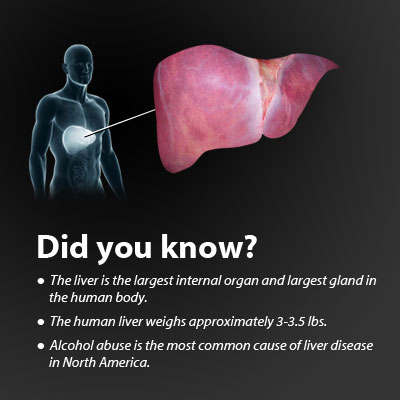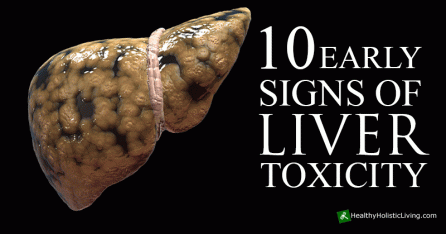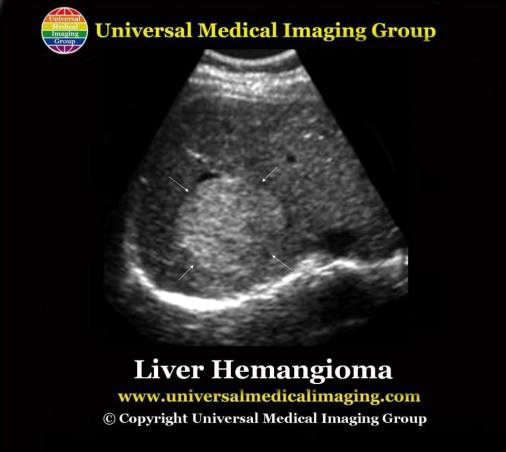 Liver disease is any disturbance of liver function that causes illness. The liver is responsible for many critical functions within the body and should it become dis-eased or injured, the loss of those functions can cause significant damage to the body. Liver dis-ease is also referred to as hepatic dis-ease.
Liver disease is any disturbance of liver function that causes illness. The liver is responsible for many critical functions within the body and should it become dis-eased or injured, the loss of those functions can cause significant damage to the body. Liver dis-ease is also referred to as hepatic dis-ease.
Liver dis-ease is a broad term that covers all the potential problems that cause the liver to fail to perform its designated functions. Usually, more than 75% or three-quarters of liver tissue needs to be affected before a decrease in function occurs.
The liver is the largest solid organ in the body; and is also considered a gland because among its many functions, it makes and secretes an alkaline substance called bile. The liver is located in the upper right portion of the abdomen protected by the rib cage. It has two main lobes that are made up of tiny lobules. The liver cells have two different sources of blood supply. The hepatic artery supplies oxygen rich blood that is pumped from the heart, while the portal vein supplies alkalizing minerals from the large intestine and the spleen.
Normally, veins return blood from the body to the heart, but the portal vein allows alkaline minerals from the large intestines to enter the liver for “detoxification” and filtering prior to entering the general circulation. The portal vein also efficiently delivers minerals and fats that liver cells need to produce the proteins, cholesterol, and electrons required for normal body activities.
Warning Sign # 1 – Skin discoloration – Jaundice
One of the early signs of excess liver acidity and the beginning of liver dis-ease is the liver’s inability to filter out all of the dietary and/or metabolic toxins from the blood. With a build-up of toxins this may also lead to a build-up of Bilirubin which is a breakdown product of the blood. The breakdown of the blood which increases bilirubin is caused by an acidic lifestyle, diet, congested liver and gallbladder and constipation of the elimination organs, The body and specifically the gallbladder uses bile to help alkalize the food ingested coming out of the stomach. When the body cannot evacuate Bilirubin from the liver/gallbladder and blood via the bowels, it will accumulate in the bloodstream and results in the skin taking on a yellowish hue. This yellowing can also affect the fingernails, the tips of the fingers, and especially the eyes. This acidic condition caused by an acidic lifestyle and diet is known as Jaundice. Read, share and like more:
Warning Sign # 2 – Skin sensitivity
Another early sign of a toxic acidic liver is when the skin becomes itchy or oversensitive to the touch. The cause of itching and sensitivities of the skin is the elimination of dietary and metabolic acids or waste products through the pores of the skin rather than through urination or defecation. The skin moisturizer with alkaline mineral salt baths will help, but the condition will continue worsen until the bowels, kidney and bladder are cleared and open to remove dietary and/or metabolic waste products.
Warning Sign # 3 – Changes in the color of Urine and/or Stools
Changes to a darker color of the urine or stools may indicate a potential liver problem. It is important to check each morning the urine pH and make sure it is at 7.2 or greater. When you are drinking sufficient alkaline fluids at a pH of 9.5, your urine will remain pale or clear at a pH of at least 7.2. If your urine or stools are consistently dark in color, (caused by excess Bilirubin created by metabolic and dietary acids in your bloodstream), this is an indication liver dis-ease.
A malfunctioning and dis-eased liver will result in your stools becoming pale, bloody, or black.
Warning Sign # 4 – Changes in the Abdominal Area
Anatomical and/or physiological changes taking place in the abdominal area is another of the possible symptoms of a toxic acidic malfunctioning liver. Symptoms may include pain or cramps in the lower abdominal areas. This can quickly be transformed into feeling bloated with gas. If left unaddressed a condition known as ascites may develop.
Ascites is the name given to an acidic symptom where there is a buildup of fluid in the wall of your abdomen. This can lead to pressure being exerted on the lungs, which can cause difficulty in breathing. When fluids continue to buildup, a medical procedure called Paracentesis is used and a needle or catheter is inserted in the peritoneum cavity in order to drain excess acidic fluid off to relieve pressure and pain.
Warning Sign # 5 – Feelings of fatigue
If you begin experiencing symptoms of weakness or tiredness/chronic fatigue, this can also indicate an acidic condition or dis-ease of the liver. When you do not have enough energy to remove from your body dietary and/or metabolic waste products from the four elimination organs these toxins build-up leading to the symptoms of fatigue, irritation, inflammation, induration, ulcerations and finally degeneration,
Warning Sign # 6 – Acid Reflux and Vomiting
Another of the many early signs of acidic liver dis-ease is the build-up of dietary and metabolic acids in the connective and fatty tissues due to poor elimination via the bowels, kidneys and skin. This may lead to the symptoms of frequent indigestion, constipation, stomach pain, acid reflux and finally bouts of vomiting to remove this excess acidic waste.
Warning Sign # 7 – Loss of Appetite
Loss of appetites along with any of the other acidic symptoms already mentioned is a sign of advanced acidic liver dis-ease.
Warning Sign # 8 – Retaining Fluids
Fluid retention can also be a tell-tale sign of acidic liver dis-ease. Fluid retention will also cause swelling and pain of the lower legs, ankles, and feet. When the tissues are retaining acidic waste products and the skin is pressed down, an imprint will be left for a few seconds after the pressure is released.
Warning Sign # 9 – Diarrhea
The liver plays an important role in the alkalization and the filtration of acidic waste products from metabolism and diet. When the liver and gallbladder become toxic and congested these functions are limited or stopped. This can result in the elimination of these toxic acidic waste products as diarrhea.
Warning Sign # 10 – Feeling generally SICK
Feeling generally sick is the result of low or poor elimination and the build-up of metabolic and dietary acids due to an acidic lifestyle and diet. This build-up of acidic waste products in the blood and tissues will lead to liver stress, inflammation and cellular degeneration. The inefficient filtration and removal of metabolic and/or dietary waste products from the blood by the liver, bowels and kidneys will manifest itself in many symptoms, including skin problems, headaches, joint and muscle inflammation and feelings of irritability.
Give your Liver the chance to look after you
Taking care of your liver is fundamental when it comes down to following a healthy alkaline holistic lifestyle as outlined in the pH Miracle revised and updated book. When you give your liver an acidic break with an alkaline lifestyle and diet, including hydration with alkaline fluids, a plant-based green alkaline diet, daily exercise, rest, and low stress the liver will repair and renew itself to its normal and healthy state.
A non-invasive and non-radioactive way to determine the anatomical, physiological and functional health of the liver is through a full-body ultrasound, thermography and 3-D functional tests. To learn more about these non-invasive tests go to: http://phmiracleliving.com/t-MedicalImaging.aspx


